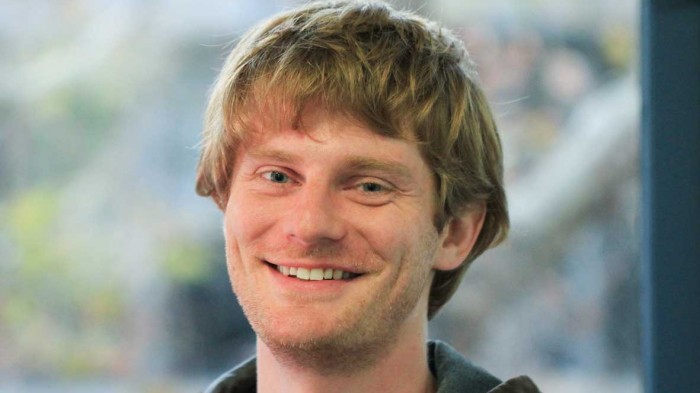The Memory Trick Making Computers Seem Smarter
After several decades in the doldrums, AI is experiencing quite a renaissance. In recent years, amazing progress has been made using so-called deep learning, training algorithms with large amounts of data so that they can recognize subtle patterns. Such approaches have enabled computers to recognize faces in an image or the text of speech, often with eerily human accuracy.
It’s becoming clear, however, that fundamentally new approaches will be needed if machines are to go demonstrate more meaningful intelligence. One technique, being applied by a Silicon Valley startup called MetaMind, shows how adding novel memory capabilities to deep learning can produce impressive results when it comes to answering questions about the content of images. The company was founded by Richard Socher, a machine-learning expert who left an academic post at Stanford to found the company.
Socher’s creation uses what it calls a dynamic memory network (DMN) to enable computers to infer useful things from various inputs. These let a deep-learning system store and update facts as it parses more information. Previously the company showed how its system can feed on different sentences and figure out how to answer some fairly sophisticated questions that require inference. This ability has now been applied to answering questions about the contents of images.

As a piece on MetaMind in the New York Times explains, the results are quite basic, and nothing like as sophisticated as a human’s ability to understand what’s going on in images. But the technology shows how new approaches, especially ones that take inspiration from the way memory seems to work in biological brains, may hold the key to the next big step forward in AI.
(Read more: New York Times, “Computers Are Getting a Dose of Common Sense,” “Teaching Machines to Understand Us,” “Next Big Test for AI: Making Sense of the World”)
Keep Reading
Most Popular
Large language models can do jaw-dropping things. But nobody knows exactly why.
And that's a problem. Figuring it out is one of the biggest scientific puzzles of our time and a crucial step towards controlling more powerful future models.
How scientists traced a mysterious covid case back to six toilets
When wastewater surveillance turns into a hunt for a single infected individual, the ethics get tricky.
The problem with plug-in hybrids? Their drivers.
Plug-in hybrids are often sold as a transition to EVs, but new data from Europe shows we’re still underestimating the emissions they produce.
Google DeepMind’s new generative model makes Super Mario–like games from scratch
Genie learns how to control games by watching hours and hours of video. It could help train next-gen robots too.
Stay connected
Get the latest updates from
MIT Technology Review
Discover special offers, top stories, upcoming events, and more.